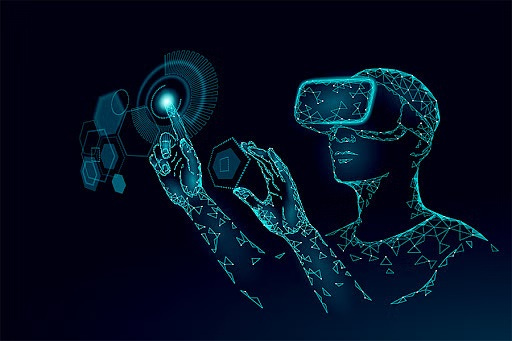Stability in the Age of Algorithms: Fact or Fiction?
Navigating the Balance Between Precision and Uncertainty in a Data-Driven World.
In today’s world, algorithms shape much of what we do—dictating the content we see online, the products we buy, and even the way we interact with others. With their increasing presence in every corner of our lives, one question arises: Can we find stability in a world so influenced by algorithms? The concept of stability, once associated with steady routines and predictable outcomes, seems more elusive than ever in the age of data-driven decision-making.
The Promise of Stability
At first glance, algorithms offer the promise of stability. By relying on data, they can identify patterns and optimize outcomes in ways that seem precise and reliable. For example, in industries like finance or healthcare, algorithms can streamline processes, forecast trends, and even predict patient outcomes. In these cases, the use of algorithms often leads to more consistency and efficiency, which can be perceived as a form of stability.
Moreover, algorithms are seen as impartial. Unlike humans, who are prone to bias or emotional reactions, algorithms make decisions based on data alone. This has the potential to create a more objective and fair system. In theory, if we trust these systems, we could achieve a more predictable and stable environment in areas like law enforcement, hiring practices, and credit scoring. With algorithms working in the background, it seems as though we’re building a more stable future.
Powering The Future: $2 Million To Revolutionize Web3 Gaming!
The world of gaming is no stranger to innovation. From the early days of pixelated graphics to the immersive virtual reality experiences of today, the gaming industry has consistently pushed the boundaries of technology. Now, with the advent of Web3, a new frontier is emerging that promises to redefine how we play, own, and interact with digital games. …
The Reality: Unpredictability and Instability
However, the reality of stability in the age of algorithms is much more complex. For one, algorithms are only as good as the data they are fed. If the data is flawed, biased, or incomplete, the algorithm’s output will also be flawed, leading to unexpected or even harmful results. Consider the example of social media algorithms that curate content based on users' past behaviors. While these algorithms might appear to create a stable feed of familiar content, they also contribute to echo chambers, polarization, and the spread of misinformation. The stability promised by the algorithm is, in fact, an illusion, as it fosters an environment of unpredictability and societal division.
Furthermore, algorithms are not static; they evolve and adapt based on continuous input and feedback. This dynamic nature can create a sense of instability. For instance, search engine algorithms are constantly updated to improve user experience or prevent manipulation, which means that the results of searches can change unexpectedly. A website that once ranked highly may suddenly disappear from the top spots without warning. This volatility is a stark contrast to the predictable stability that traditional systems or processes once provided.
Human Factor: Control and Consequences
Another layer of instability is introduced by the people who create and control these algorithms. Even though algorithms may seem neutral, they reflect the values, biases, and priorities of their creators. Decisions about which data is prioritized, how it’s analyzed, and what outcomes are deemed most important can influence the system's behavior in profound ways. For example, algorithmic decisions around loan approvals, hiring practices, or criminal justice outcomes have significant consequences, and those consequences may not always align with fairness or stability.
Moreover, the rapid evolution of AI and machine learning means that algorithms can change without human oversight, creating potential risks of unintended consequences. Automated systems can operate at speeds and scales that human regulators cannot easily control, leading to a sense of instability in industries and sectors that rely on these technologies.
A New Kind of Stability?
Despite these challenges, there is a case to be made for a new kind of stability in the age of algorithms. While traditional systems may have been based on human judgment and intuition, algorithms bring a level of consistency that, if properly managed, could lead to a different but still valuable form of predictability. If we can build transparent, ethical, and well-monitored algorithms, perhaps we can strike a balance between efficiency and human oversight.
Crypto Adoption: Mobile Wallets Are Exploding
The world of cryptocurrency has seen a dramatic rise in adoption over the past decade, with new technologies and services helping drive this growth. Among the most significant innovations in recent years are mobile wallets, which have made it easier than ever for people to access, store, and transact with cryptocurrencies. As more users seek ways to man…
Ultimately, stability in the age of algorithms is not a simple "fact or fiction" question. It’s a nuanced issue where the benefits of precision, efficiency, and objectivity must be weighed against the potential for bias, unpredictability, and loss of human control. True stability might not be about eliminating uncertainty entirely but learning how to navigate and manage it effectively in a world where algorithms play an increasingly central role.





